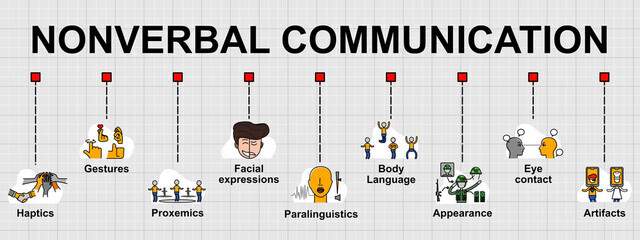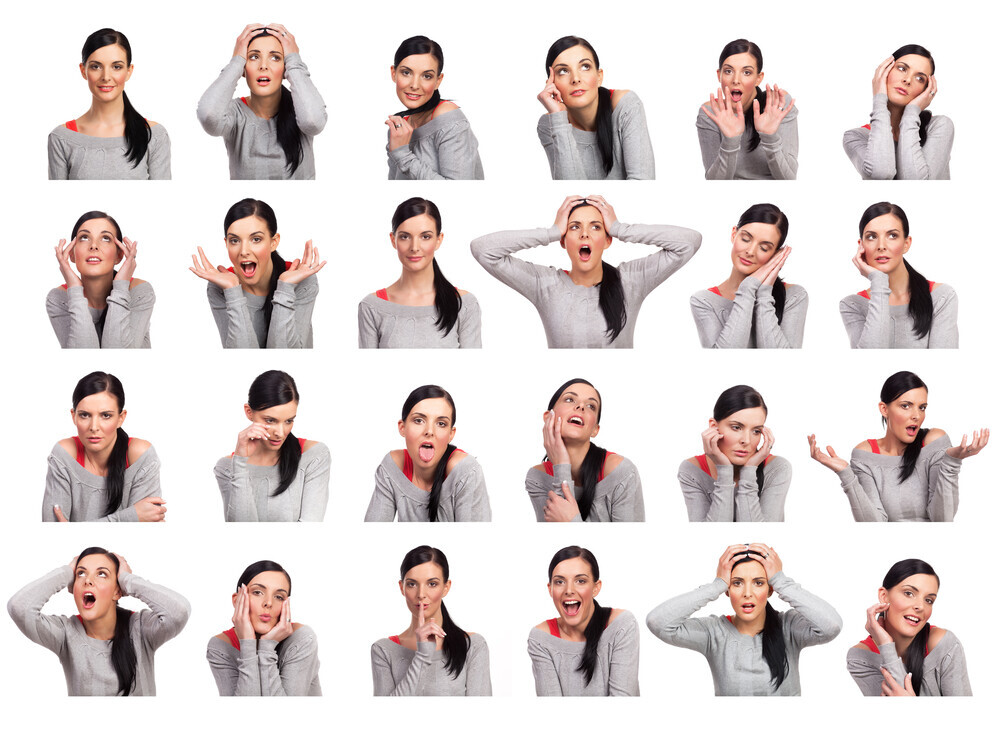IT’S ONLY NON-VERBAL COMMUNICATION
I have always been fascinated by how people I meet seem to generally speak in a self-serving manner. Not always and I’m not suggesting that I don’t do the same. Body language often becomes more dependable than the words we speak, if we really want to know someone’s true intention.
This is what I have noticed:
- Smiles – hard to resist, but I have learned to look at the eyes, not just the lips and teeth
- The opposite sex – a first meeting can be awkward. Sometimes it’s easy to give or receive indications of interest, sometimes not.
- The military – as a lieutenant, I was saluted by enlisted men. I often wondered if the salutes were sincere. I was expected to salute higher ranking officers. The truth was that I was happier saluting some than others. It didn’t matter. We all respected military protocol, at least overtly.
- Still on the military – when playing basketball or tennis with higher ranking officers, I would not hesitate to throw elbows in basketball or to beat my opponent as thoroughly as possible in tennis. This was not a problem in most cases, but one captain (one rank higher than me) tried to get me in trouble. Apparently I didn’t respect him on the tennis court. He was right, I didn’t. (But respect was NOT easing up on someone in sports competition). The most honorable officer in my detachment by far was my general. He was decent, friendly and knowledgable. A man who richly deserved his salutes.
- Politicians – I thoroughly appreciate those who speak with humility, most likely because it happens so rarely. These people may be the ultimate practitioners of self-serving speech.
- The handshake – usually it is forthright and with eye contact. But I remember times when someone was shaking my hand while looking at someone else. Not good!
All of the above has led me to explore the deeper meanings of non-verbal communication.

Definitions of some of the above forms of communication include:
- Haptics – this involves handshakes, kisses, pats, slugs, hits, slaps, embraces, tickles – touches that convey a unique message.
- Proxemics – this pertains to how we apply physical space in conversations. We may stand closer to someone if we are speaking privately or back away if we feel that our personal space is being invaded
- Paralinguists – this is the study of non-verbal messages such as tone, sarcasm, warmth, anger or a rising pitch at the end of a sentence. “Oh great!” may be genuine approval or sarcastic disdain.
- Artifacts – these are personal objects used to convey messages, such as clothing, jewelry, hairstyles and other forms to convey personality, background or financial status.
The balance of this post will proceed with different types of body language and their meanings. I will end with information on affiliate marketing and relevant books from Amazon.
HOW MUCH OF COMMUNICATION IS NON-VERBAL?
The University of Texas tells us much about this. Albert Mehrabian, a researcher of body language, first broke down the components of face-to-face conversation. He found that communication is 55% non verbal, 38% vocal and only 7% words only. He says “When there are inconsistencies communicated verbally and posturally, the postural component should dominate in determining the total attitude that is inferred.
“The Definitive Book of Body language” , by Allan and Barbara Pease, analyzed thousands of sales negotiations from the 1970s and 80s. They found that body language accounted for the majority of the impact made by negotiating. Also, they found that those with the strongest arguments usually won over the phone but not in face-to-face conversations. One more thing uncovered by Allan and Barbara – they assert that when we meet people for the first time, we may make snap judgments about them before a word is even spoken – based on their friendliness, assertiveness and appearance.
Eye contact, smiling and hand gestures heavily influence how people interpret and react to information, an important lesson for anyone interested in a communications career.

BODY LANGUAGE EXAMPLES
- Crossing arms across your chest – this is usually interpreted as being defensive or closed off. Insecurity, anger or stubborness.
- Smiles – they can be happy, shy, warm or ironic. Pulling up the corners of your mouth while squeezing your eyes is more genuine than simply exposing your teeth.
- Tapping your fingers – this conveys nervousness and may also makes others nervous.
- Tilting your head to one side – this means either you are listening intently to someone or you are concentrating very hard
- Steepling your fingers – this means you are in control. You are the boss, the authority.
- Crossing your legs – if you cross them at your ankle, you are probably hiding something. If you cross them at your knees and face away from someone, you are uncomfortable with them.
- Pulling your ear – this may indicate that you are trying to make a decision, even that you are indecisive or noncommital.
- Putting your head in your hands – this could mean that you’re bored, that you’re weary, upset or ashamed.
- Standing up straight – good posture may help us to appear confident
- Gesturing with your hands open and palms up – this may show that you have nothing to hide
- Eye contact – this makes the person you are speaking with become comfortable and accepting of what you are saying. With a stranger, the eye contact is comfortable for about 3 seconds, but for longer periods as you get to know each other.
- Looking down – this may make you appear weak and unconfident, unless something on the floor is the matter being discussed. Eye contact should be broken every few seconds, but looking to the side is better than looking downward.
- Rubbing your hands together – this can indicate excitement.
- Wearing micro expressions – these are defined as brief expressions that come and go in fractions of seconds. This usually means someone is trying to hide an emotion.
- Twisting your hair – this is shown on movies and tv as flirting, especially when the hair twister looks up at you through their eyelashes. At a job interview, it may suggest nervousness.
- Walking briskly – this shows self confidence and purpose.
- Placing your hand on your cheek – this may convey that your’re carefully evaluating the information you are receiving or that the person doing this is taking you seriously.
- Rubbing your eyes – this may indicate doubt or disbelief. I f someone does this while you are speaking, it may be a good time to stop and ask for their feedback.
- Rubbing or touching your nose – this may suggest dishonesty.
- Standing with your hands clasped behind you back – this may be an intended calm pose, but may be interpreted as anger or frustration
- Pinching the bridge of your nose – doing this with eyes closed may suggest a negative acceptance of what is being said
- Standing with your hands on your hips – this may show anger or agressiveness or possibly enthusiasm and the willingness to get started. It all depends on the proxemics. A good rule for personal space is about 3 feet of distance or an arm’s length away.
AFFILIATE MARKETING
This is simply a process by which an affiliate makes a commission by promoting a company’s products or services. When someone purchases through an affiliate’s unique tracking link, both the company and the affiliate are rewarded.
Take a look at my upper menu, specifically – BECOME AN AFFILIATE MARKETER – for the details. Also the diagram below will show a simplified account of this. But I don’t wear a suit or carry a briefcase. I sit at home in front of my computer.

AMAZON
An ideal partner for affiliation would be Amazon. They are easy to represent, with a huge array of product choices and a reputation for fast service and fair pricing.
Today, I will show a few relevant links to provide more information on body language. Each link will be accompanied by pictures, prices, details and other similar choices to consider.
The Definitive Book of Body Language – by Barbara and Allan Pease, the same book cited earlier in this post
Body Language – 73 techniques and tips
The Dictionary of Body Language
Body Language Mastery – 4 books
Cues, the Secret Language of Charismatic Communication
FINAL THOUGHTS
My url is “My Workout At Home” and I usually write about fitness, sports or related topics. Or I may publish specials being offered by my associated companies. Today was different, but still I am writing about our bodies. Actually, I enjoyed researching this topic. I have been fascinated by non verbal communication for most of my life.
I would be interested in how readers of this feel about the general subject of body language.
Please leave me any comments or questions in the “Comments” section below.
Be well!